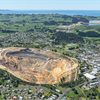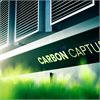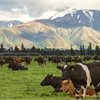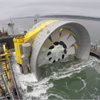Microplastics found in sand on dozens of NZ beaches
4 Jun 2025
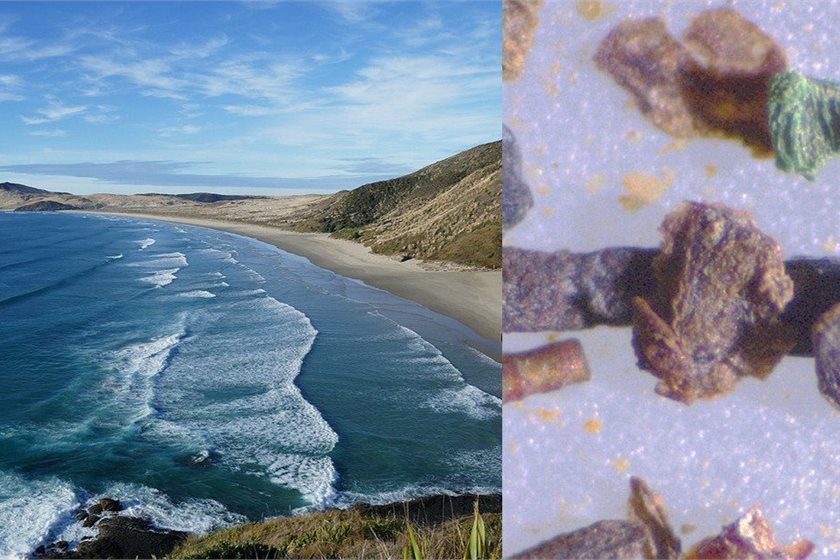
Scientists have extracted microplastics from the sand of 22 beaches from the Far North to Banks Peninsula.
Almost all of the microplastic particles were smaller than a dust mite (<300 μm). However the researchers could only detect particles larger than a human skin cell (32 μm), so they say there's likely even more plastic in the sand than they could find, which could mean greater potential negative impacts on coastal wildlife.
In the peer-reviewed study, published in the Marine Pollution Bulletin, microplastic contamination was assessed in beach sediments from 23 sites across three regions of the country: Northland, Waikato and Canterbury.
A protocol was devised and validated to separately isolate, quantify and characterise microplastics in two size ranges: large (300–5000 μm) and small (< 300 μm) particles.
Large microplastic particles were found in all but one beach site sampled, while small microplastic particles were found in all but two of the beaches.
The highest levels of large microplastics were detected at popular Banks Peninsula swimming beach Corsair Bay, with the researchers noting that sites exposed to wastewater treatment plant effluent, like Raglan and Corsair Bay showed higher levels of large microplastics relative to other sites in their regions, although the differences were not statistically significant.
Wastewater treatment plant effluent is a substantial source of microplastic pollution in the marine environment, including from cosmetics, personal care products, and from washing clothes made of plastic-based fabrics such as nylon and polyester.
The size distributions at all sites were strongly skewed towards small microplastics, which represented >99 % of the total particle count. Overall mean abundances were 3.3 particles kg−1 (range 0–27) and 788 particles kg−1 (range 0–9818) for large and small microplastics, respectively.
No significant differences in concentrations of either size category were observed between the three regions or when comparing west coast with east coast sites. The particles were also characterised with respect to morphology, colour and chemical composition. Fibres (42 %) and fragments (39 %) were the most common morphologies. The most abundant polymer types were polyethylene (46 %) and polyamide (33 %), although substantial variations in microplastic composition with both size category and location were found.
These findings underline the importance of employing sampling and isolation techniques for microplastics from environmental samples that ensure the collection and quantification of smaller sized particles, which are easily missed, the researchers say. "Failure to follow adequate protocols will result in severe risk of underestimating the actual extent of microplastic contamination and its potential environmental impact."
The large-scale inventory established from this study could aid in determining potential threats posed to coastal wildlife in New Zealand.
print this story
Story copyright © Carbon News 2025




